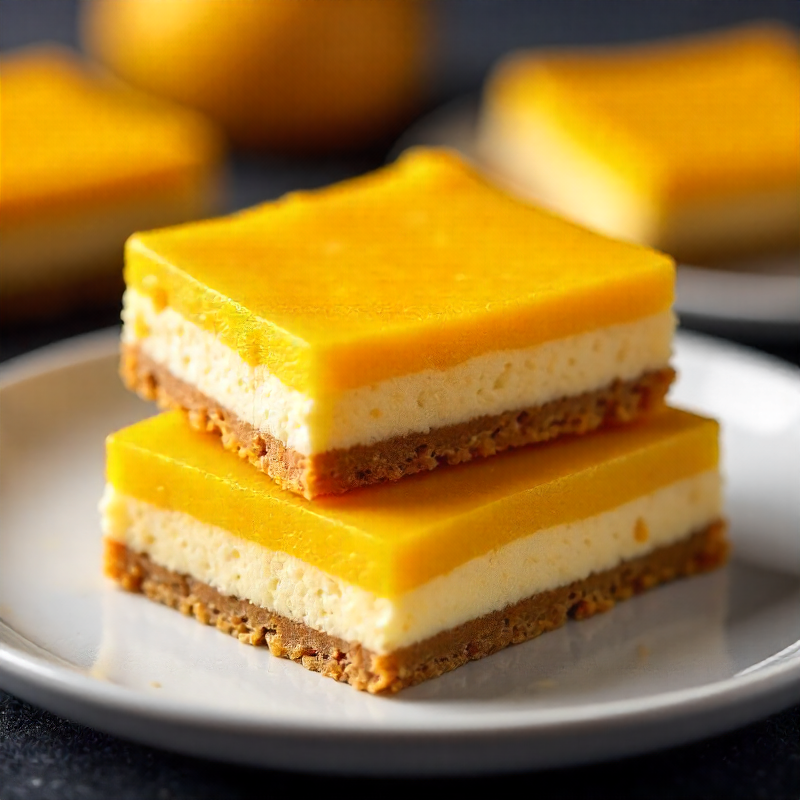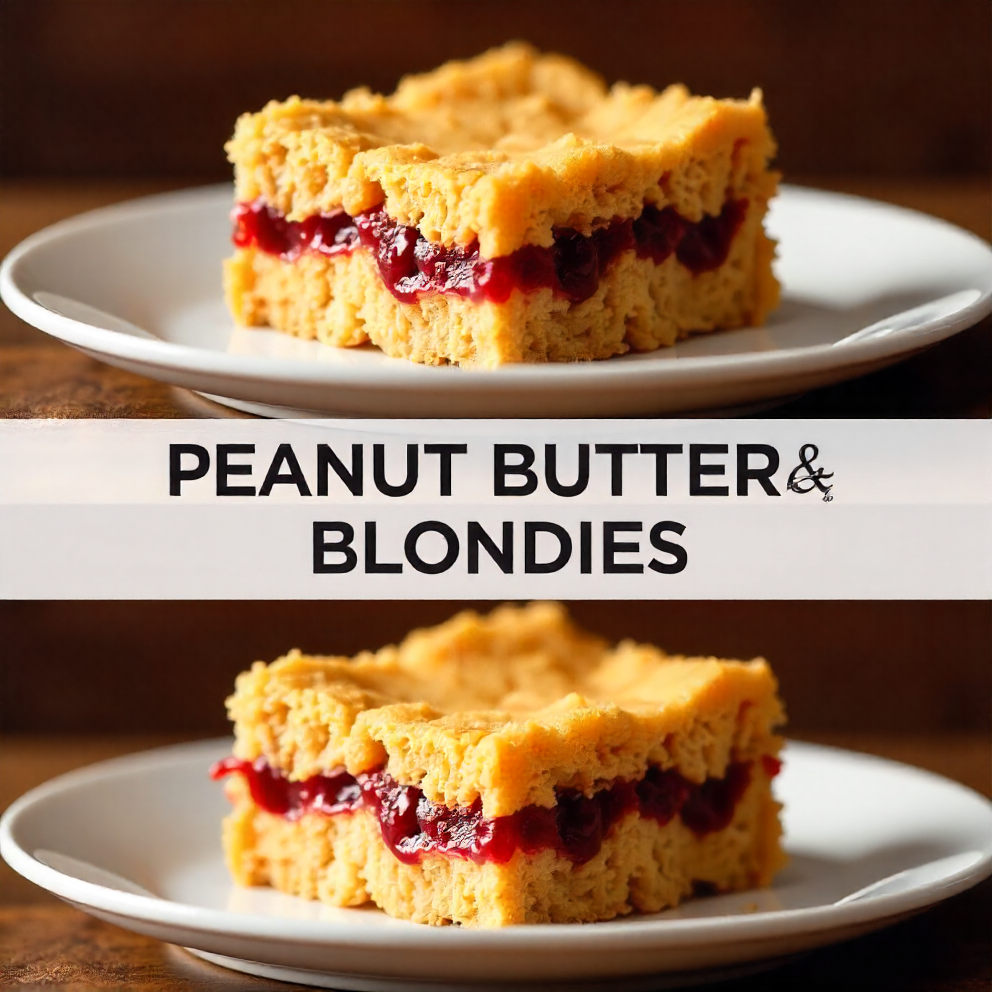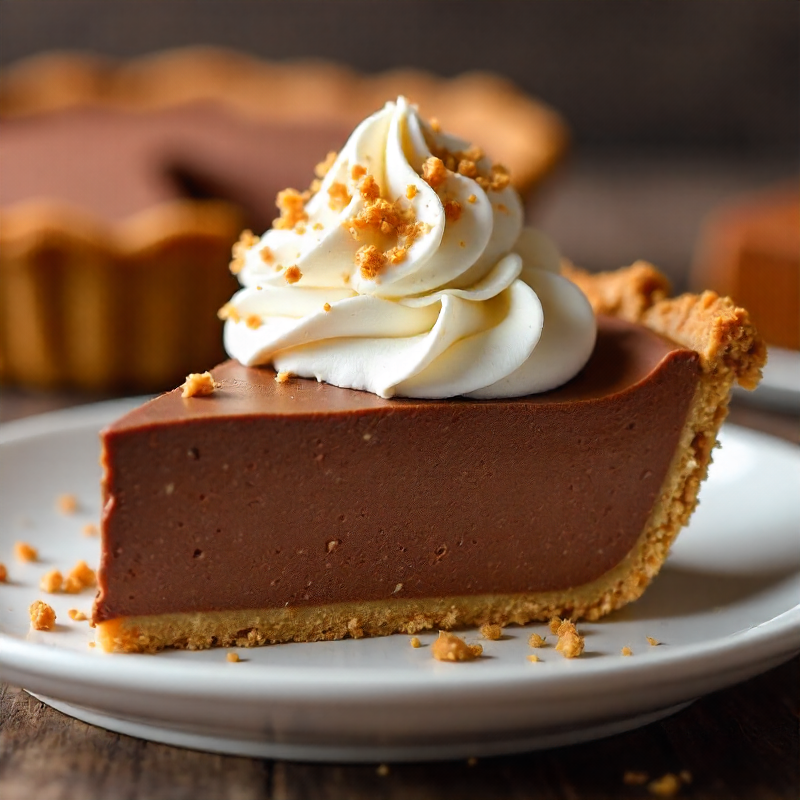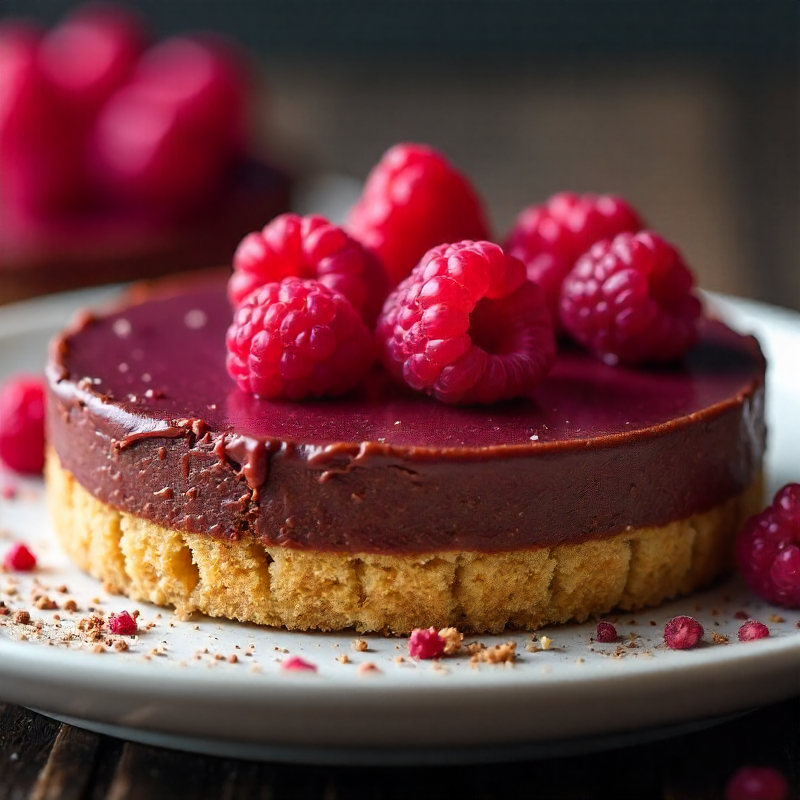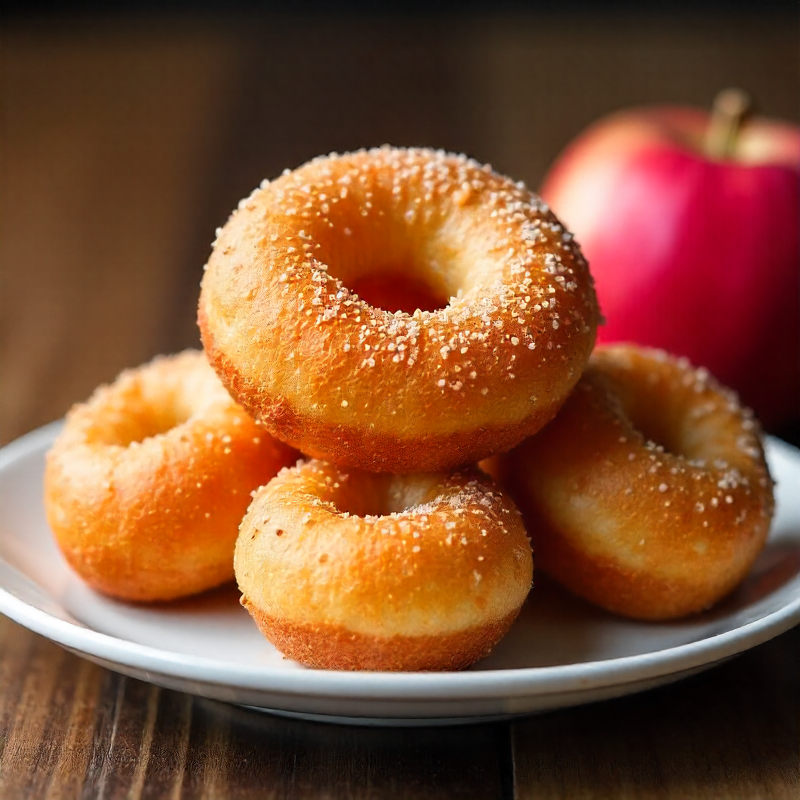
Apple cider doughnut holes are a beloved treat that combines the comforting flavors of autumn with the irresistible appeal of fried dough. These bite-sized delights are a perfect blend of sweet, spiced, and slightly crispy textures, making them a favorite for breakfast, snacks, or desserts. While traditional doughnut holes are often associated with cinnamon and sugar, the addition of apple cider adds a unique depth of flavor, infusing the dough with a subtle, tangy sweetness. This article explores the art of making apple cider doughnut holes, from the ingredients and preparation to serving suggestions and nutritional insights. Whether you’re a seasoned baker or a curious home cook, this guide will help you create a delicious, homemade version that’s sure to impress. Let’s dive into the details and uncover the secrets behind this seasonal favorite.
Recipe Overview
Prep Time: 20 minutes
Cook Time: 10 minutes
Total Time: 30 minutes
Servings: 12 doughnut holes
Ingredients
- 1 1/2 cups all-purpose flour (or whole wheat flour for a healthier option)
- 1/2 cup granulated sugar
- 1/2 teaspoon baking powder
- 1/2 teaspoon ground cinnamon
- 1/4 teaspoon nutmeg
- 1/4 teaspoon salt
- 1/4 cup unsalted butter, melted
- 1/4 cup apple cider (use apple juice if unavailable)
- 1 large egg
- Optional: 1/2 teaspoon vanilla extract for extra flavor
- For coating: 1/4 cup granulated sugar mixed with 1/2 teaspoon cinnamon
Preparation Steps
1. Preheat the oil: Heat 2 inches of vegetable or canola oil in a deep pot or deep fryer to 350°F (175°C). Use a thermometer for accuracy.
2. Mix the dough: In a bowl, combine flour, sugar, baking powder, cinnamon, nutmeg, and salt. Add melted butter, apple cider, egg, and vanilla (if using). Mix until a soft dough forms—avoid overmixing.
3. Shape the dough: Roll the dough into 1-inch balls. For a more authentic texture, gently flatten each ball slightly with your hands.
4. Fry the doughnut holes: Carefully add 3-4 dough balls to the hot oil. Fry for 1-2 minutes per side, or until golden brown. Drain on paper towels.
5. Coat and serve: While still warm, roll the doughnut holes in the sugar-cinnamon mixture. Serve immediately for the best texture.
Cooking Tip: If the oil is too hot, the doughnut holes will brown too quickly; if too cool, they’ll absorb excess oil. Test with a small piece of dough to check the temperature.
Common Mistakes to Avoid
- Overcrowding the pan can lower the oil temperature, leading to greasy results.
- Using cold oil will cause the doughnut holes to absorb more oil and become dense.
- Skipping the sugar-cinnamon coating will make them less flavorful.
Cooking Tips
Best Results: Use a thermometer to ensure the oil stays at 350°F. For a lighter texture, let the dough rest for 10 minutes before frying.
Flavor Variations: Experiment with additions like raisins, chopped nuts, or a drizzle of melted chocolate for extra indulgence.
Time-Saving Hacks: Prepare the dough ahead of time and refrigerate it for up to 24 hours. Fry in batches to maintain consistent oil temperature.
Fun Fact: Apple cider doughnut holes originated in the U.S. and are a popular fall treat, often served at fairs and orchards. The cider adds moisture and a subtle tartness that balances the sweetness.
Serving Suggestions
Present the doughnut holes on a rustic wooden platter dusted with powdered sugar. Pair them with a warm cup of apple cider or a spiced latte for a cozy breakfast. For a twist, serve them with a side of maple glaze or a dollop of whipped cream. They also make a great addition to a fall-themed dessert table, alongside pumpkin pie or apple tarts. Try pairing them with a crisp white wine or a bold red for a balanced flavor profile.
Nutritional Summary
Per serving (1 doughnut hole):
Calories: 120
Protein: 2g
Carbs: 18g
Fat: 4g
Vitamins/Minerals: Small amounts of calcium and iron
Health Note: While these doughnut holes are a sweet indulgence, they’re best enjoyed in moderation. For a lighter version, use whole


